Data Consistency with Webhook Functions
Author: Aaron Pavlick, Developer Evangelist Blog Date: June 2022
In my previous post, I explained how I was able to edit the primary photo for each entity in my Knowledge Graph utilizing a Typescript function plugin, the Cloudinary Image Transformation API, and the Data Connectors framework. If my Knowledge Graph continues to expand with new Beverage entities, I want to ensure that their new photos have the same format as all the existing photos.
With Webhooks, I was able to apply the same logic to create a newly computed field called Transformed Photo.
Updating my Function Plugin
I didn't need to change any of the existing code that I already wrote. I just needed to add a few things to make it compatible with a Webhook invocation.
First, I added types.ts for some type definitions used for validating the input to the Webhook function.
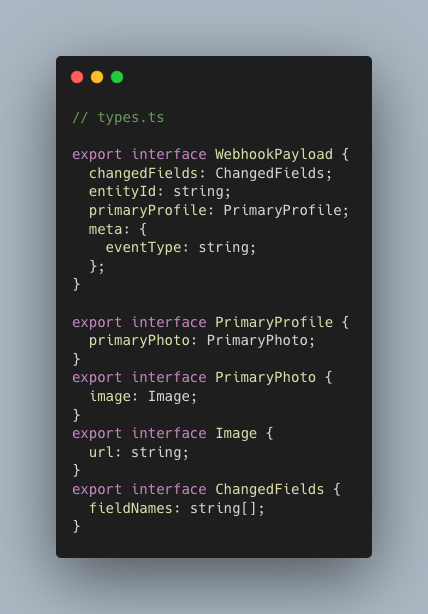
In api.ts, I added a Knowledge API client function for editing the newly created entity.
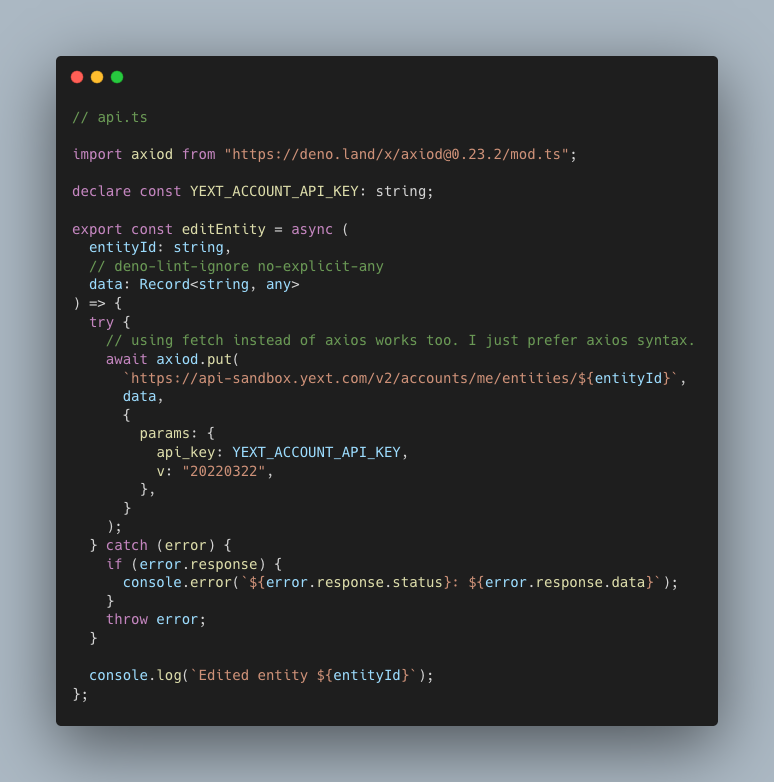
Lastly, I added the removeBackgroundHook function to mod.ts that checks if the primary photo is a changed field. If the primary photo field is updated, the function calls my removeBackground function to get the new Image URL, and then calls the edit entity API and updates a new field I added to the beverage entity called c_transformedPhoto.
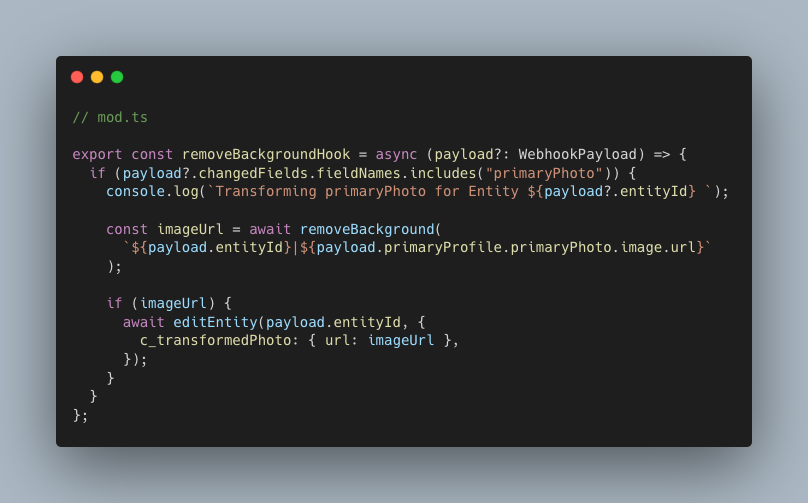
Before running yext resources apply, I updated my _resource.json to include the additional variables I am going to need to call the Edit Entity API.
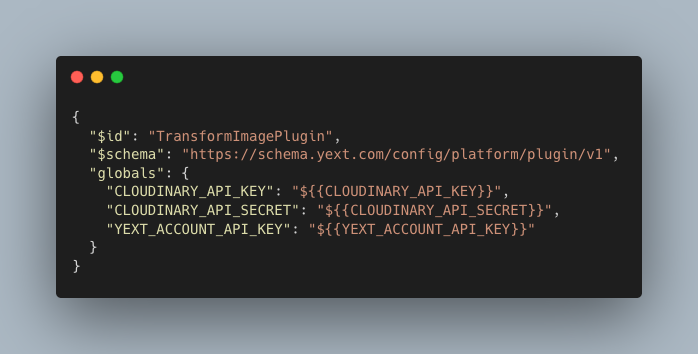
Adding a Webhook in the Developer Console
In the Developer Console of my account, I added a new Webhook to my existing app. The API Key that I uploaded along with my plugin needs permission to update entities so I needed to add Read/Write access to the Entities Knowledge API in the API Credentials screen.

Then, I set the Webhook Type which determines when the hook should be trigged.
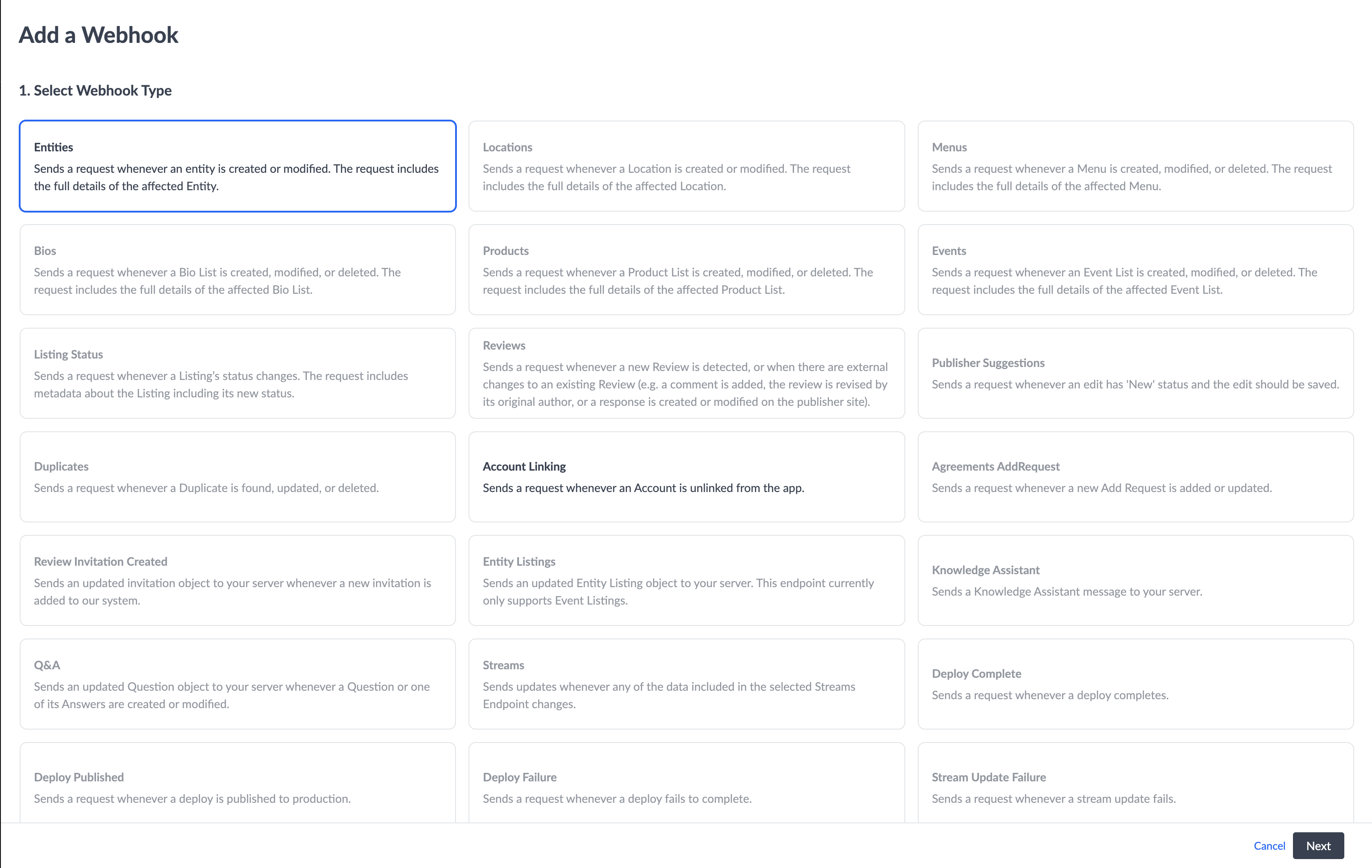
After selecting the Webhook Type, I gave my new hook a name, description, and the function it should invoke when triggered.

To make sure my hook was working correctly, I added a new primary photo to an entity in my Knowledge Graph and then checked to see the c_transformedPhoto field changed.
You can see that any time the Primary Photo field changes, I get a new value added to the Transformed Photo field. Whether I create or edit entities via the UI, CSV upload, Data connector, or API call, the webhook will be called to create a new transformed photo. Webhooks can also be configured to run based on a variety of other events and could be used to call an API rather than a function.
You can find the complete Webhook function plugin code here.